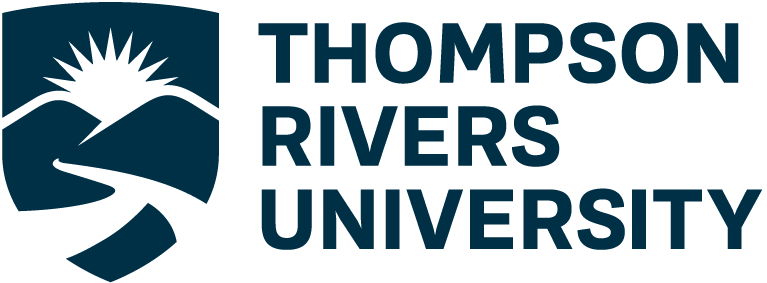Animations
This guide is available as a Word document or PDF.
Use Animations to Convey Motion
Let’s define “animation” as a medium that changes over time (i.e. dynamic) and appeals to the visual channel. Thus, animations can include cartoons depicting abstract topics or a video recording of the instructor demonstrating a procedure. Animations are suitable for subject matter that is dynamic, complex, and unfamiliar (Lowe et al., 2021) — such as showing velocity or acceleration (Ploetzner et al., 2020). Velocity and acceleration, which can be tough to describe in words, can be animated as how quickly an object is moving and in which direction.
Other advantages of animations are for showing procedural knowledge and presenting realistic movement, like tying a knot (Lowe et al., 2021) and paper folding (Wong et al., 2012). When origami instructions are presented as step-by-step pictures, the viewer has to bridge the gaps between each step, which may be challenging for low-knowledge learners. However, a video recording of paper folding eliminates the guesswork and presents the instructions seamlessly.
The need to join together static images mentally may lead to misunderstanding. A set of static pictures showing each phase of the cell cycle may give the wrong impression that the cell cycle occurs in a stop-and-go manner. In reality, the boundaries are blurred between the phases of the cell cycle because the cell cycle is continuous rather than discretized. A cartoon or video recording of the cell cycle would be able to represent the time-dependent information that is absent in static media.
It is critical to note that animations can take a long time to make. A cartoon that plays at 24 frames-per-second means that there are 24 static pictures displayed each second. If the course developer is to draw each frame individually, then there will be a tiring number of pictures to draw for a single cartoon.
Ways to Improve Communication Through Animations
According to the animation composition principle, animations facilitate learning by allowing the learner to join together discrete pieces of information in a sequential manner to build a mental model (Lowe et al., 2021). Comprehensive animations mirror the real-life referents as closely as possible but can have too many simultaneous dynamic activities that are overwhelming to watch (Lowe et al., 2021). A remedy is to segment concurrent events over time, such as segmenting by cause-effect pairs (Lowe & Boucheix, 2016) — for example, by breaking down the sequence of mechanical events that link pressing a piano key (cause) to making a sound (effect) (Lowe et al., 2021). The resulting animation is a compositional animation rather than a comprehensive animation (Lowe & Boucheix, 2016).
The effectiveness of segmentation for learning is modest, ranging from a lack of positive effect (Biard et al., 2018) to a positive effect for low-knowledge students (Spanjer et al., 2010, 2011) or high-knowledge students (Rey et al., 2019). A disadvantage of segmentation is the difficulty in relating individual segments to the whole animation. In this case, the less relevant entities can be visually suppressed (anti-cued) into the background (Lowe et al., 2018).
The transient information in animations may be tough to piece altogether mentally. Thus, allow the viewer to control the speed of the animation (Fischer et al., 2008), especially for procedural knowledge (Schwan & Riempp, 2004), by building in pause/play buttons. Pauses give time for viewers to mentally process the information they just observed. If the animation involves a slideshow, then pause/play buttons may offer a positive sense of learner control (Hasler et al., 2007). In a study, the positive learning-related emotions were correlated with the highest learning outcomes (Stark et al., 2018).
Providing traces of previous scenes is another way of retaining transient, key information (Ng et al., 2013). In fact, traces in the form of “onion skins” are how cartoonists keep track of scenes before and after the current scene.
Cueing (signalling) may be useful to direct the viewer’s attention to relevant aspects of the animation (Lowe et al., 2021). For example, use visual contrast to distinguish between the target entity and its surroundings (Lowe et al., 2021). However, cueing has a limited positive effect, perhaps because cueing, which works well in static images, may be outcompeted by dynamic aspects of the animation to catch people’s attention (Lowe et al., 2021).
Animations may be accompanied by narration (Lowe et al., 2021) and is one way of text-visual integration (Castro-Alonso & Sweller, 2021). Simultaneous presentation of written text and images may overburden the visual channel because of split-attention, having to focus on both words and images (Castro-Alonso & Sweller, 2021). Thus, offload some cognitive burden onto the audio channel by presenting words as spoken narration (Castro-Alonso & Sweller, 2021) — see guide “Written Versus Spoken Words”.
The speed of objects in an animation is important. Objects that are moving too fast or too slowly (e.g. watching grass grow) are not visually perceptible (Lowe et al., 2021).
Summary
- Animations are good for topics involving objects in motion and step-by-step instructions.
- Highlight key information using certain techniques like dividing lengthy animations into cause-effect segments, allowing the viewer to pause/play the animation, showing traces of previous scenes, cueing or anti-cueing with visual contrast, and pairing visual information with voice narration.
Media Attributions
The featured image was created by Jung-Lynn Jonathan Yang under a CC BY-NC-ND 4.0 license.

